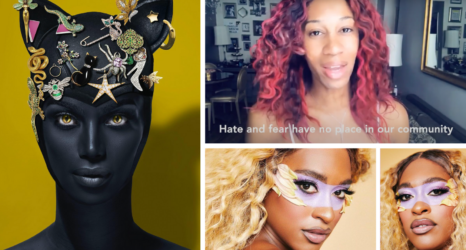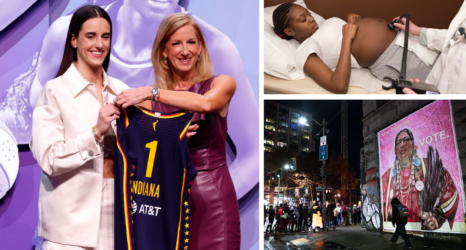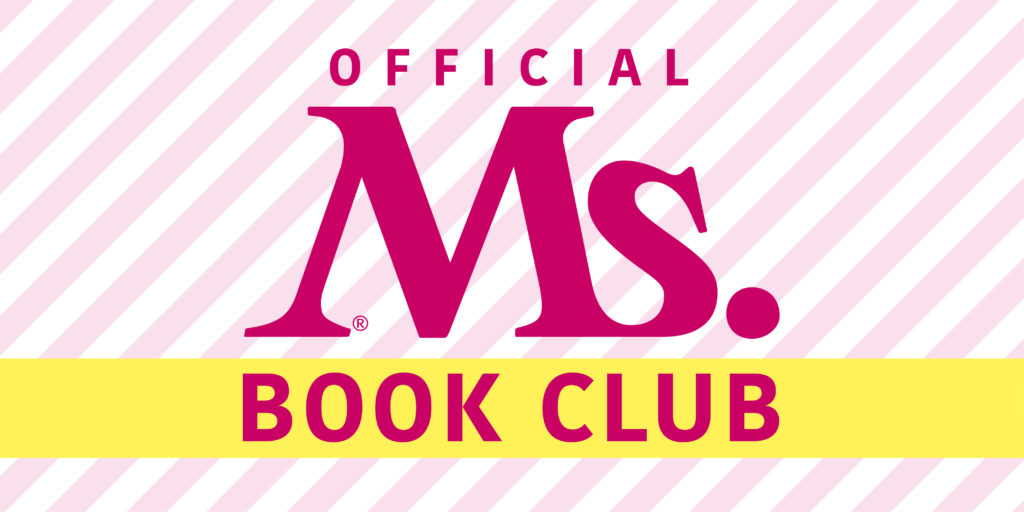
PATSY is our official Summer 2019 #MsBookClub selection! Click here to join author Nicole Dennis-Benn and Ms. Managing Digital Editor Carmen Rios for an intimate conversation about the book on August 12 in Los Angeles!
Nicole Dennis-Benn’s PATSY follows two characters: Patsy, who immigrates to the United States for opportunity and to join the woman she loves, and Tru, the child Patsy leaves behind in Jamaica who is mourning the absence of her mother, as well as reckoning with how her community misgenders her.
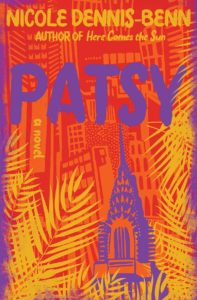
Fans of Dennis-Benn’s debut, Here Comes the Sun, will appreciate the author’s return to the lives of working-class Jamaicans and themes of race, gender, sexuality, class and colorism. Her latest effort is a provocative, muscular book. Dennis-Benn takes care with characters, building intricate relationships, and writes in exquisite prose that brings to life Pennyfield, the Jamaican neighborhood Patsy is from, and the Caribbean diaspora in New York.
“As if on cue, the steel-pan man starts to play ‘Amazing Grace’ on his drum,” she writes. “The Caribbean women waiting for the train hum and sway with their eyes closed, their rounded bodies like black birds perched on electric lines.”
Much of the book echoes my own life. In 2000, when I was 12, my family immigrated to New York, two years after Patsy joins the significant Caribbean population in Brooklyn. Reading the novel, I recognized the neighborhoods in Brooklyn, and how diaspora living is a kind of straddling between places, or, perhaps, an in-between place.
I also recognized the painful realization that life in the U.S. is hard. One of the most moving moments in the novel comes when Patsy recognizes a man from back home working as a janitor in a grocery store. The shame he feels that the U.S. hasn’t offered more to him is the reason he and Patsy tacitly agree to keep each other’s secrets from people back home; hers is the obvious fact that the woman she’s with is a lover.
Like Patsy, the women in my family, including myself and my sister, at one time or another worked in the homes of white people. As an undocumented college student, I took care of white people’s children to pay my college tuition. I know the Caribbean women Patsy befriends in playgrounds in the city, all of them pushing strollers with white babies. Their livelihood simultaneously allows for an intimacy with whiteness and a distance from their white employers.
At times, the experience of reading PATSY was like looking in a mirror.
I found myself thinking about what it means to write about a place and a people with authenticity and compassion, while also allowing the work to both critique and hold complexity. At times certain characters read too much like stereotypes—the hyper-masculine Jamaican man, the high-class Jamaican woman, the entitled white woman, the dominant husband. Jamaicans are the kind of people who find joy even where little is to be found, and yet PATSY holds space for so much misfortune and sorrow, thereby limiting the lives and imaginations of working-class Jamaicans and the larger Caribbean diaspora in New York.
Still, this book is an important arrival. Ultimately, PATSY calls to mind books like The Star Side of Bird Hill by Naomi Jackson, Lucy by Jamaica Kincaid and Breath, Eyes, Memory by Edwidge Danticat. Caribbean women writers tend to have a preoccupation with maternal figures, with mothers, aunts and grandmothers—these women whom we know to be at the center of a Caribbean household. But Patsy is a reluctant mother, an untraditional kind of representation that matters in a place like Jamaica, where abortion is illegal except in extreme circumstances, young girls are sexualized by older men and gender roles are strictly enforced. And Patsy is a queer mother, which is a Caribbean story I’ve never read before. One of the things I admire most about this novel is how it draws the complexity of experiencing one’s sexuality, and the varying ways sexuality is understood in the larger community.
Because I am a queer woman, sometimes other queer people ask me if it’s safe to visit Jamaica. To many, Jamaica appears to be one of the most homophobic places on Earth, but every place is more than the headlines we’ve read or what we’ve been told. PATSY reminds us of this.
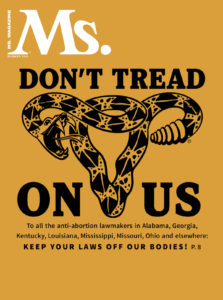
This review appears in the Summer 2019 issue of Ms.
To find more feminist reading recommendations and snag a copy before it hits newsstands, become a member today!
To read more from the issue, check out the excerpt archive.




